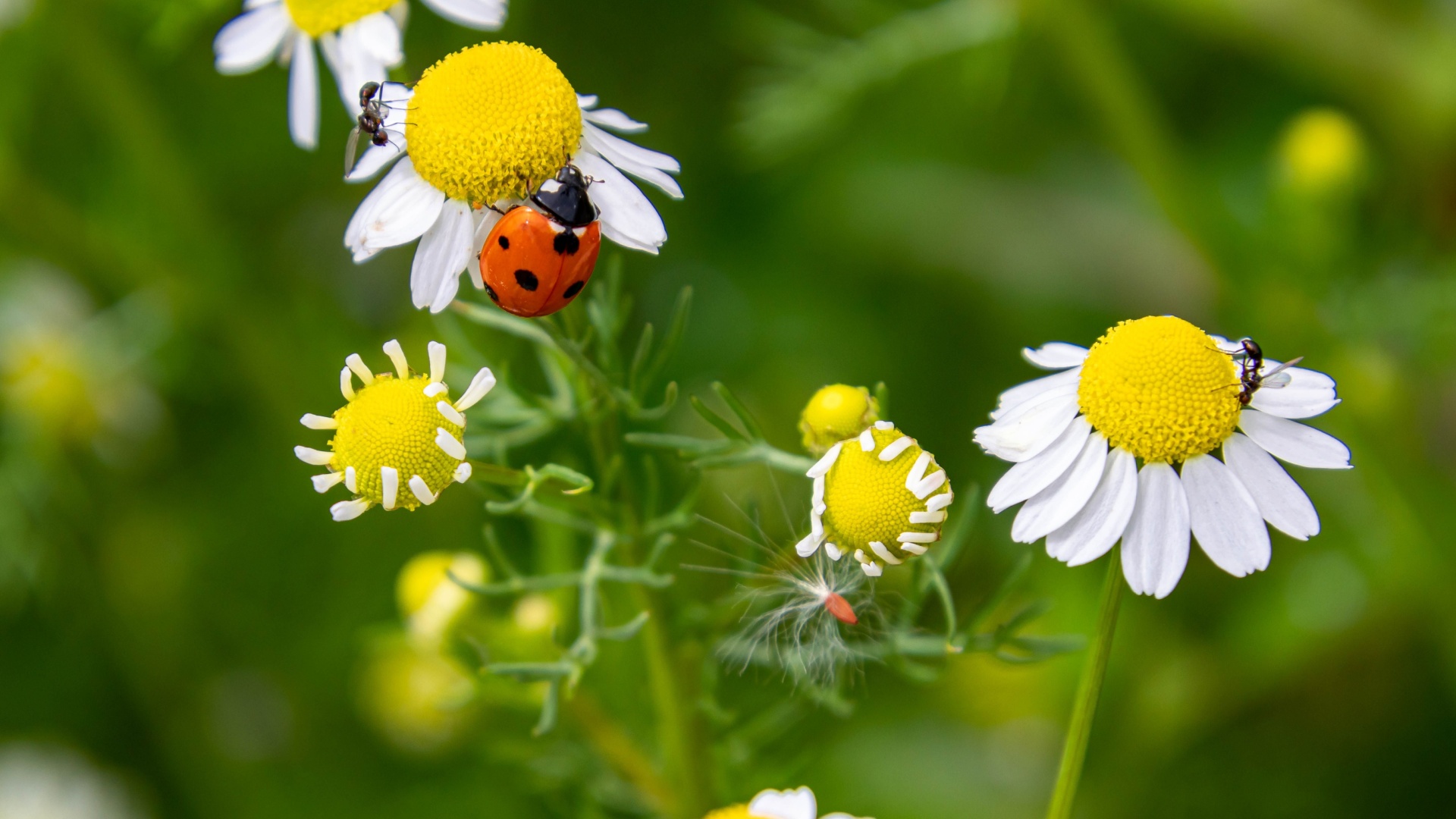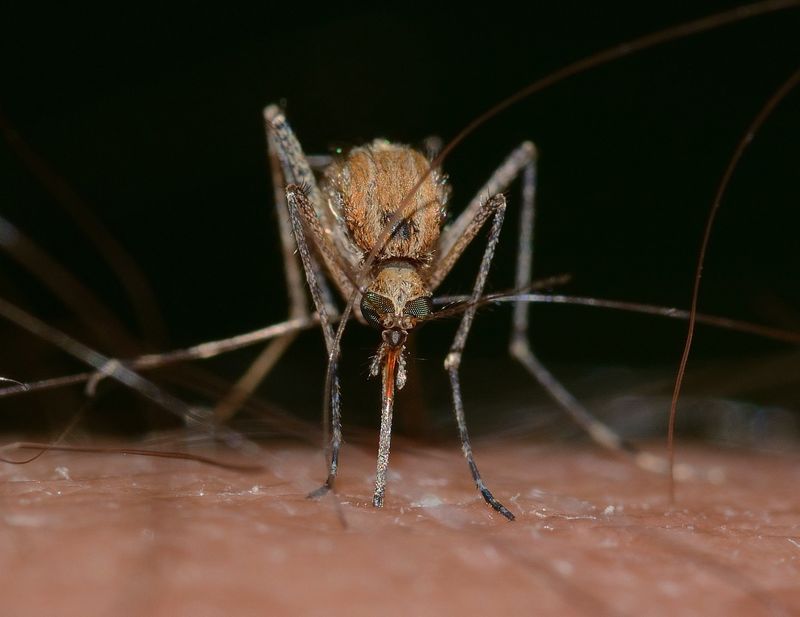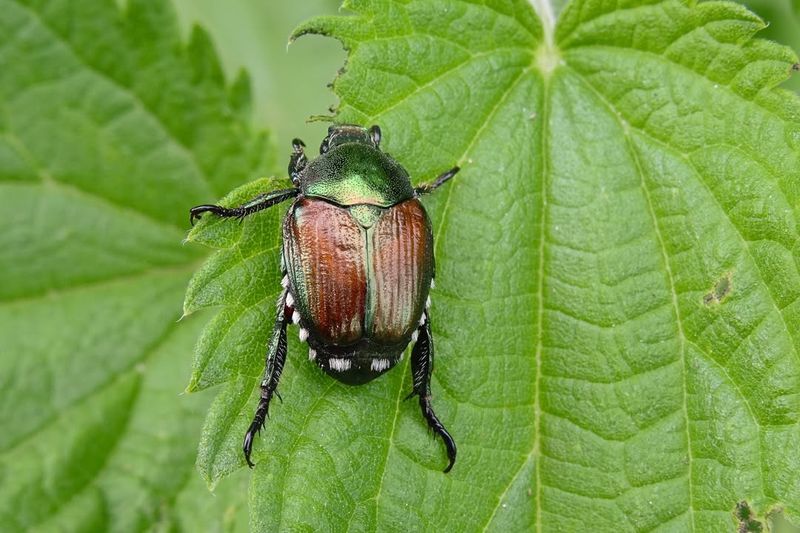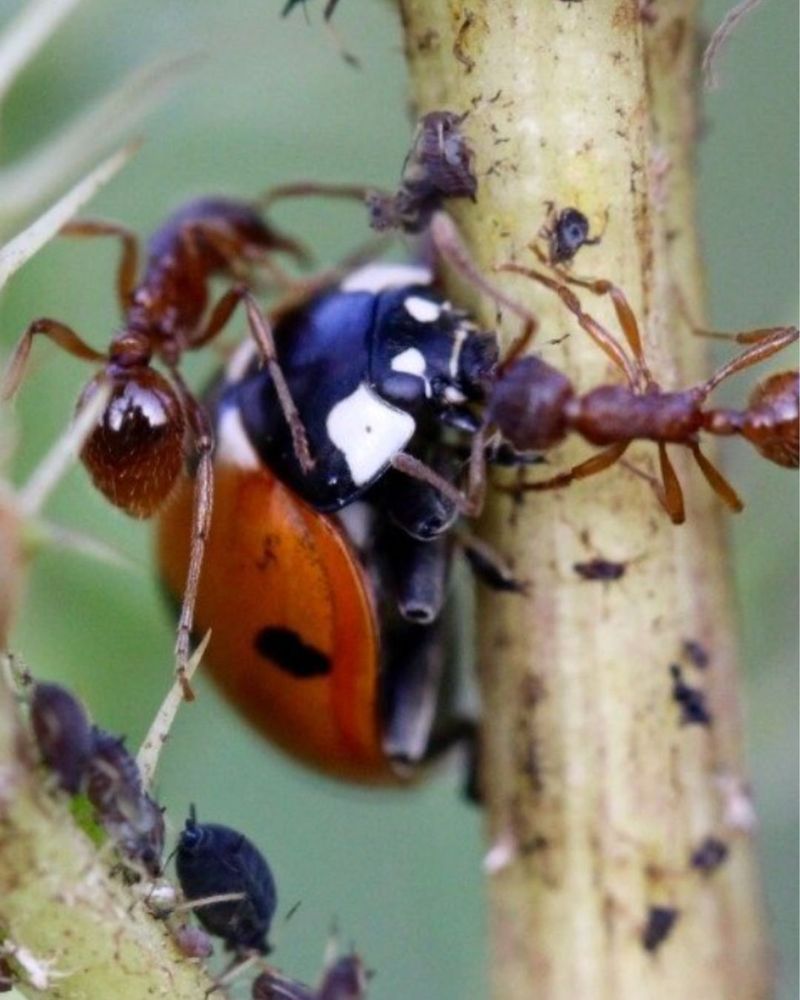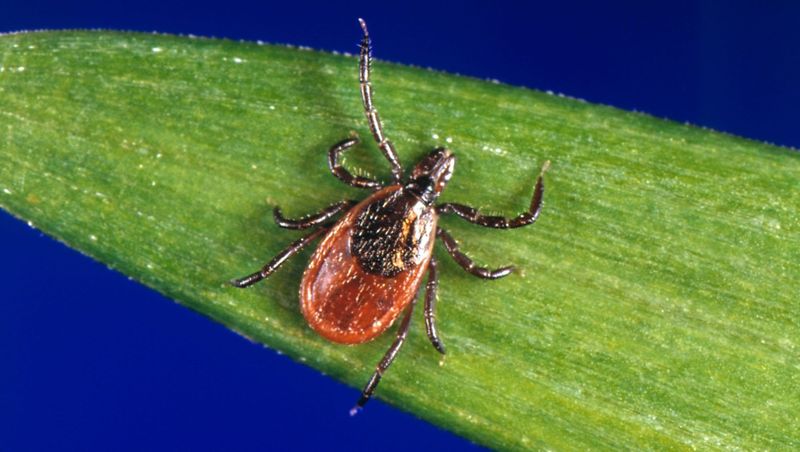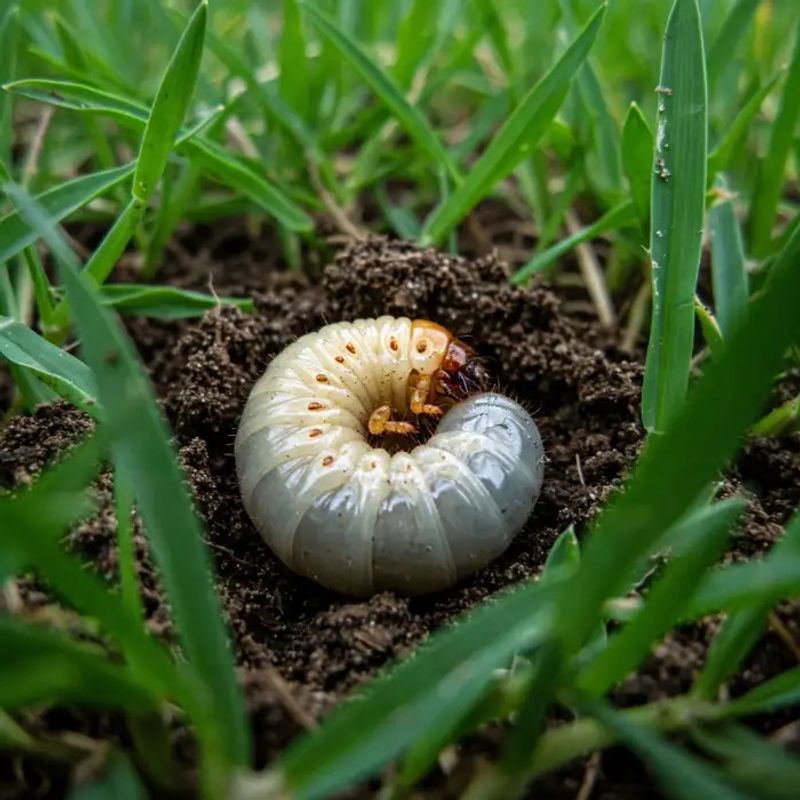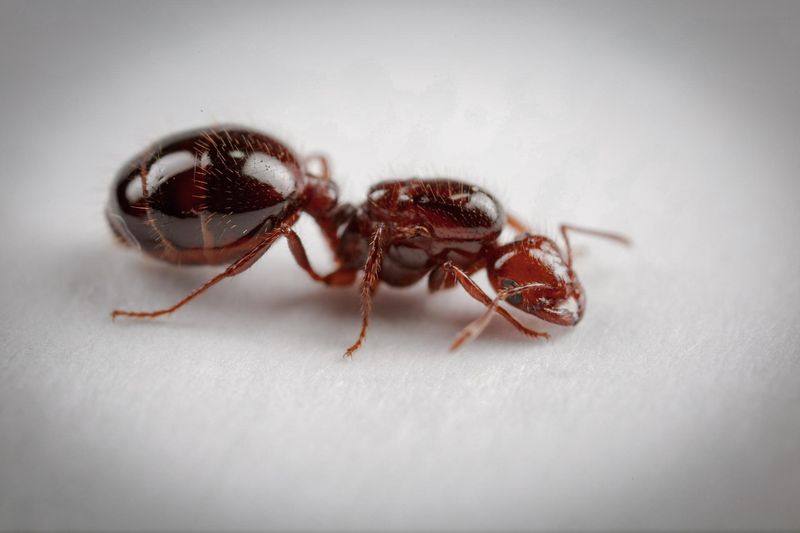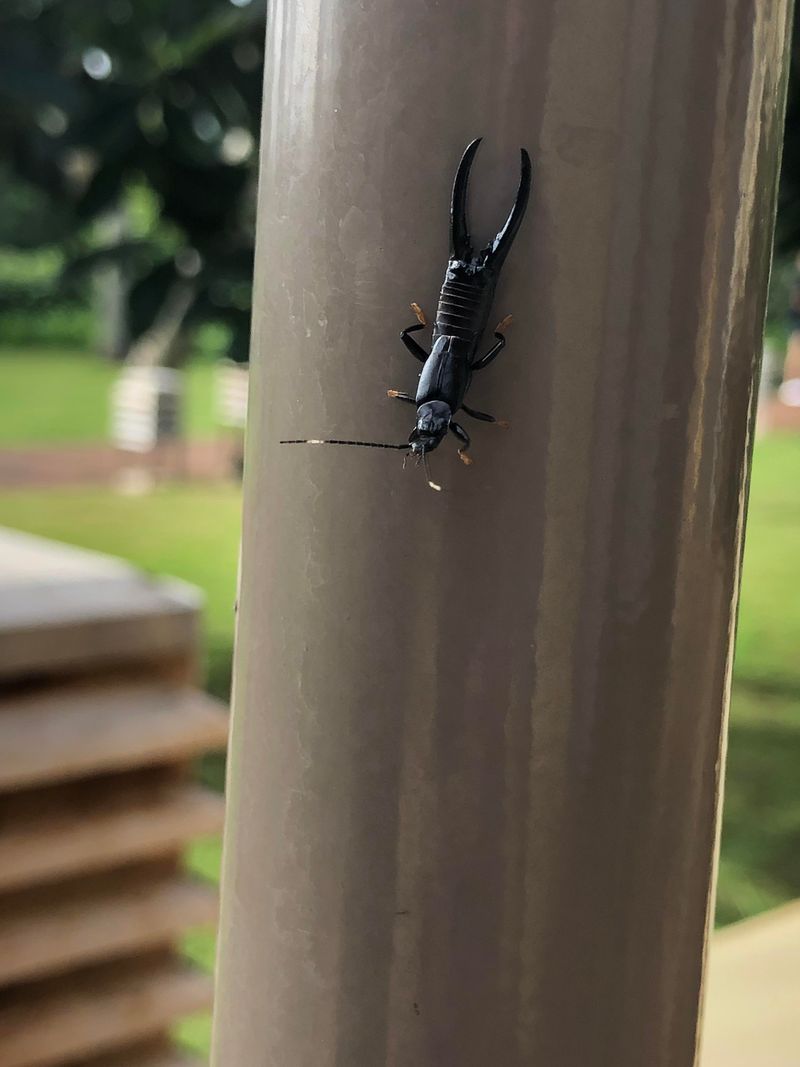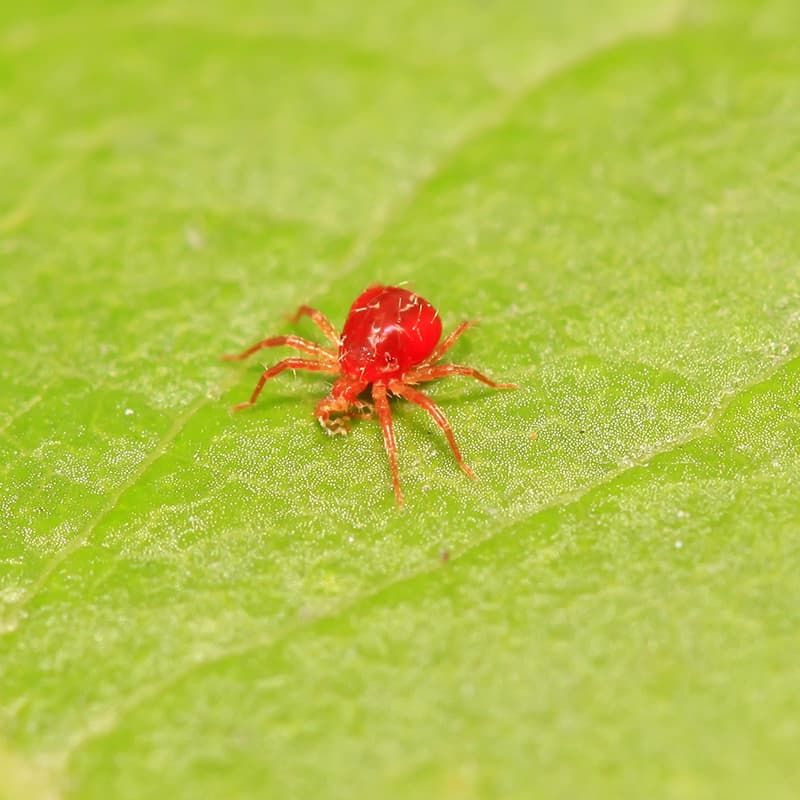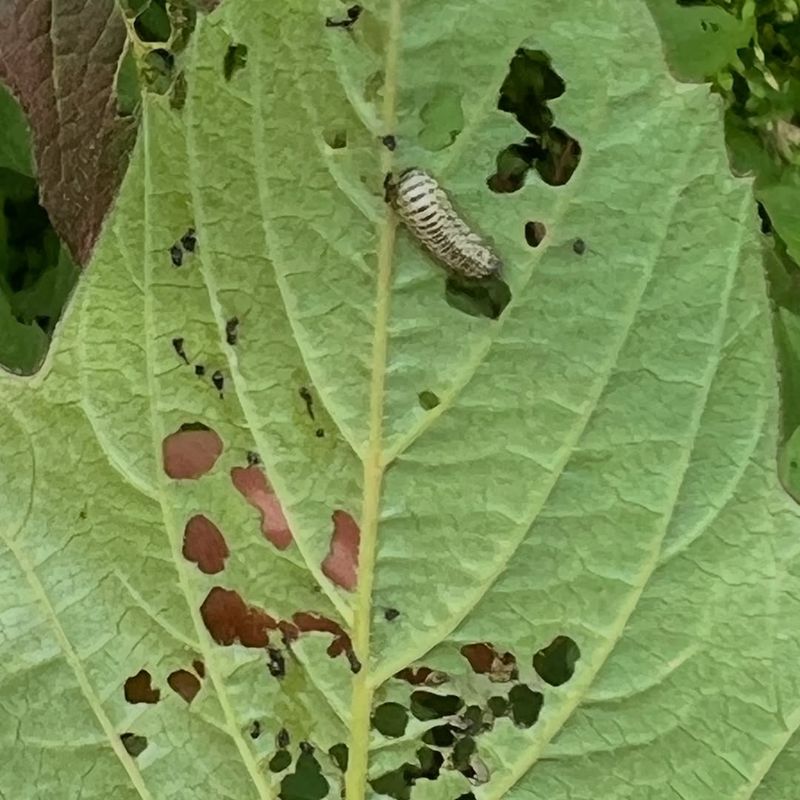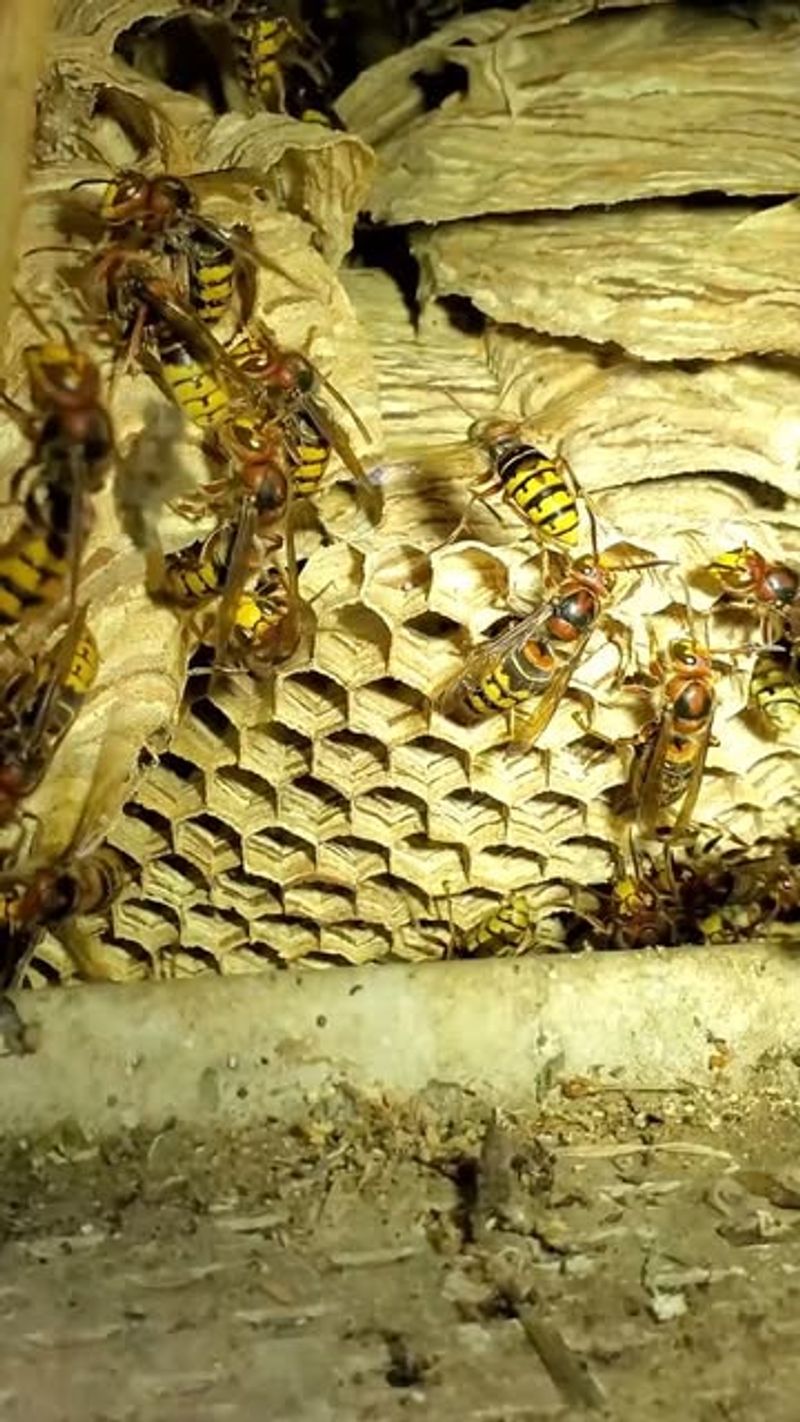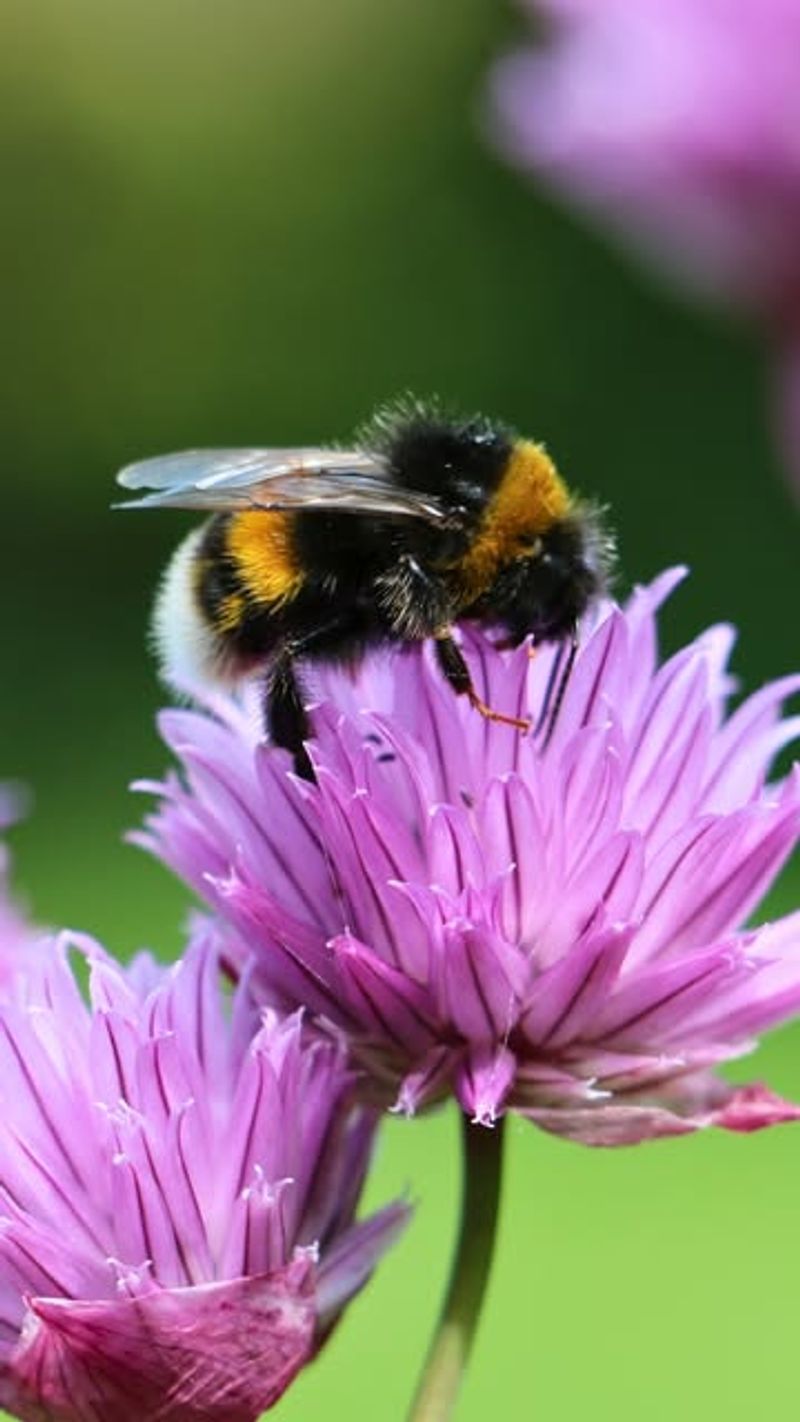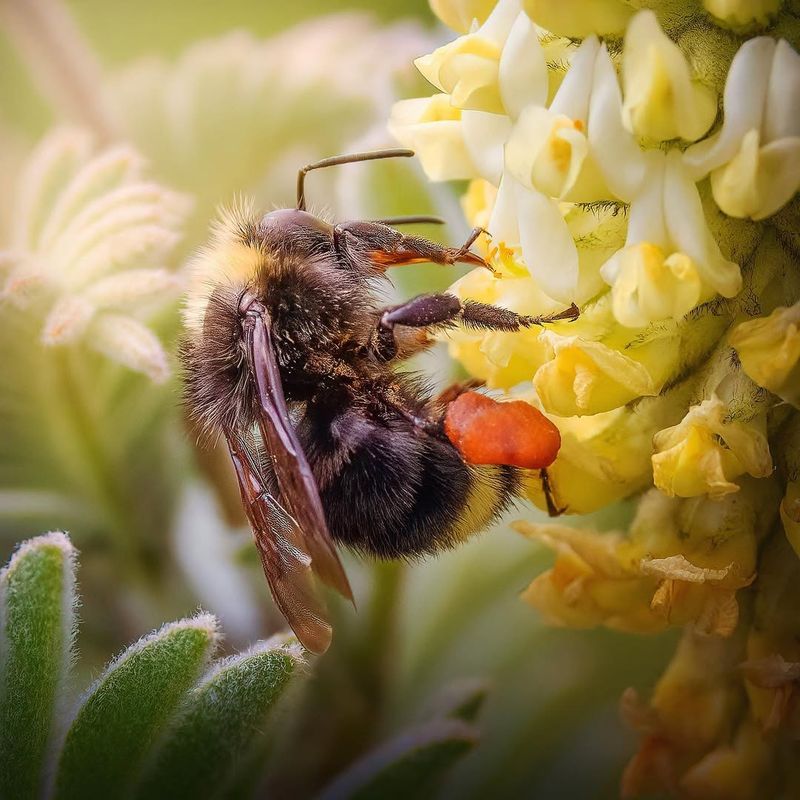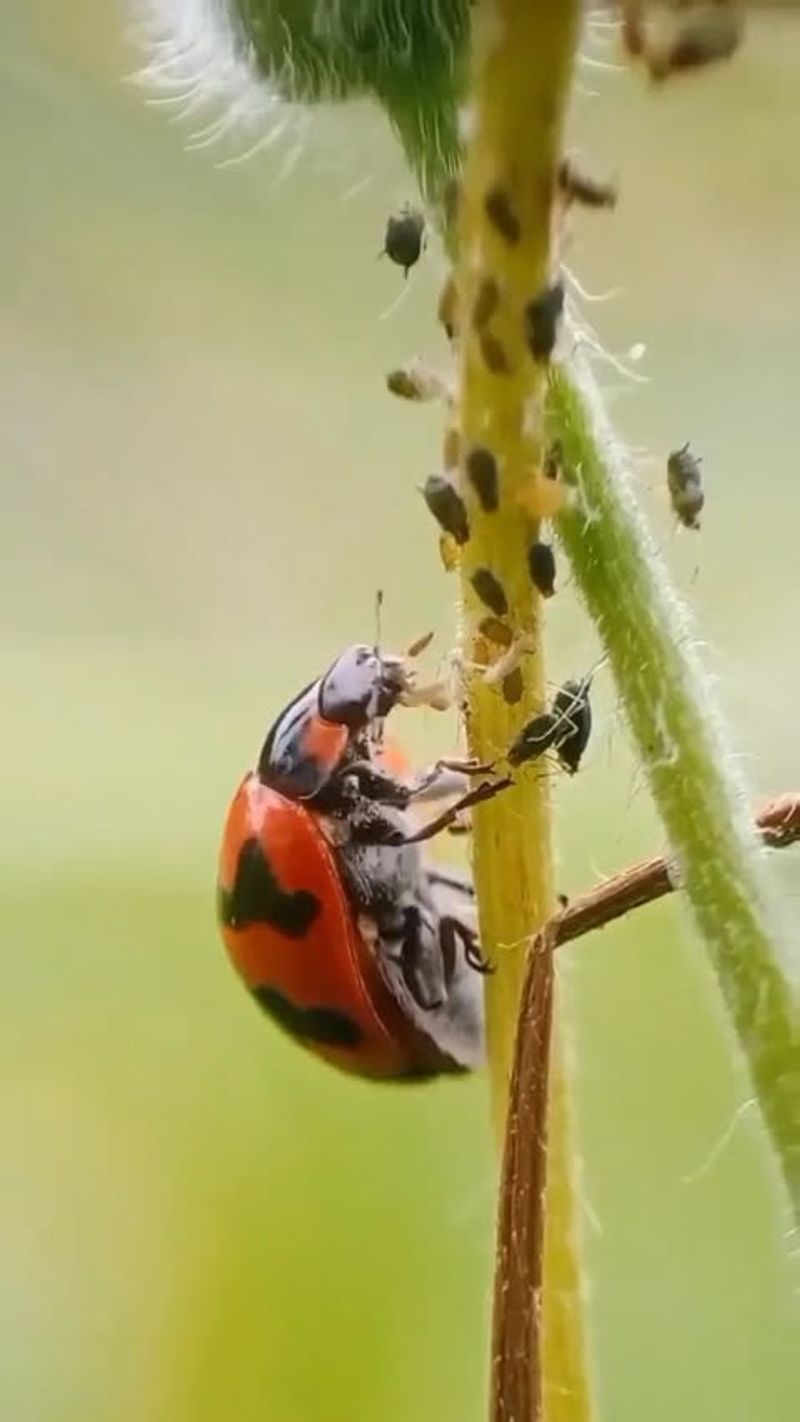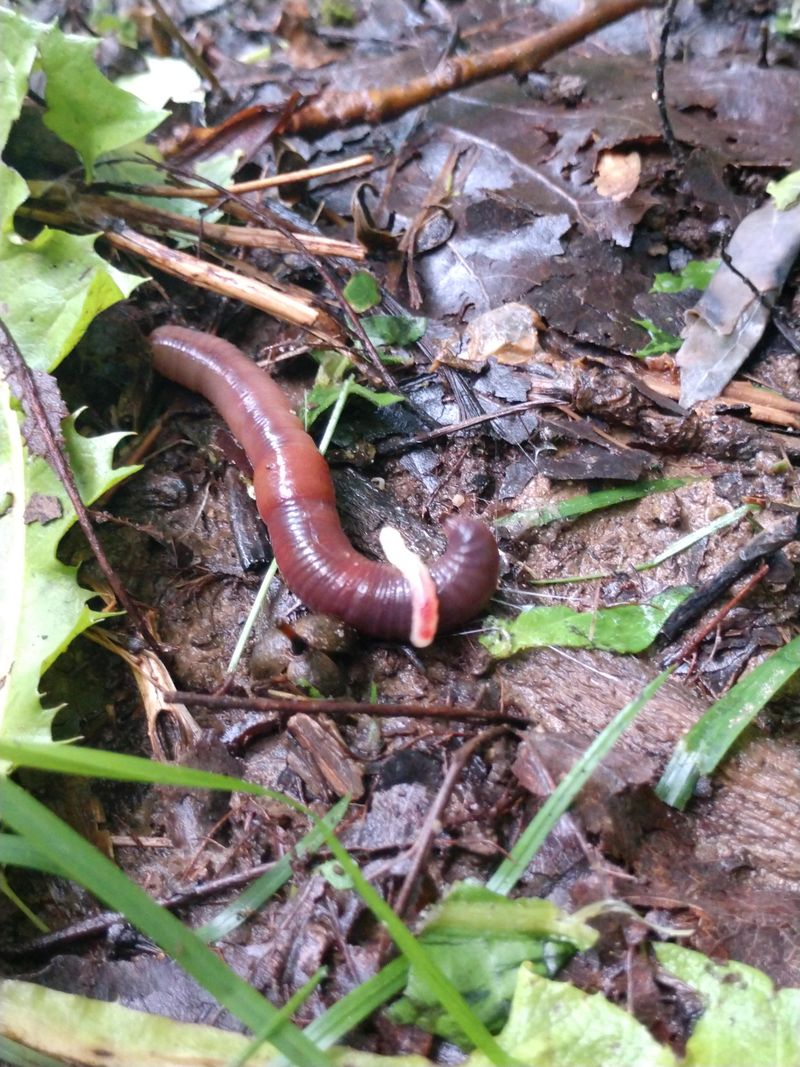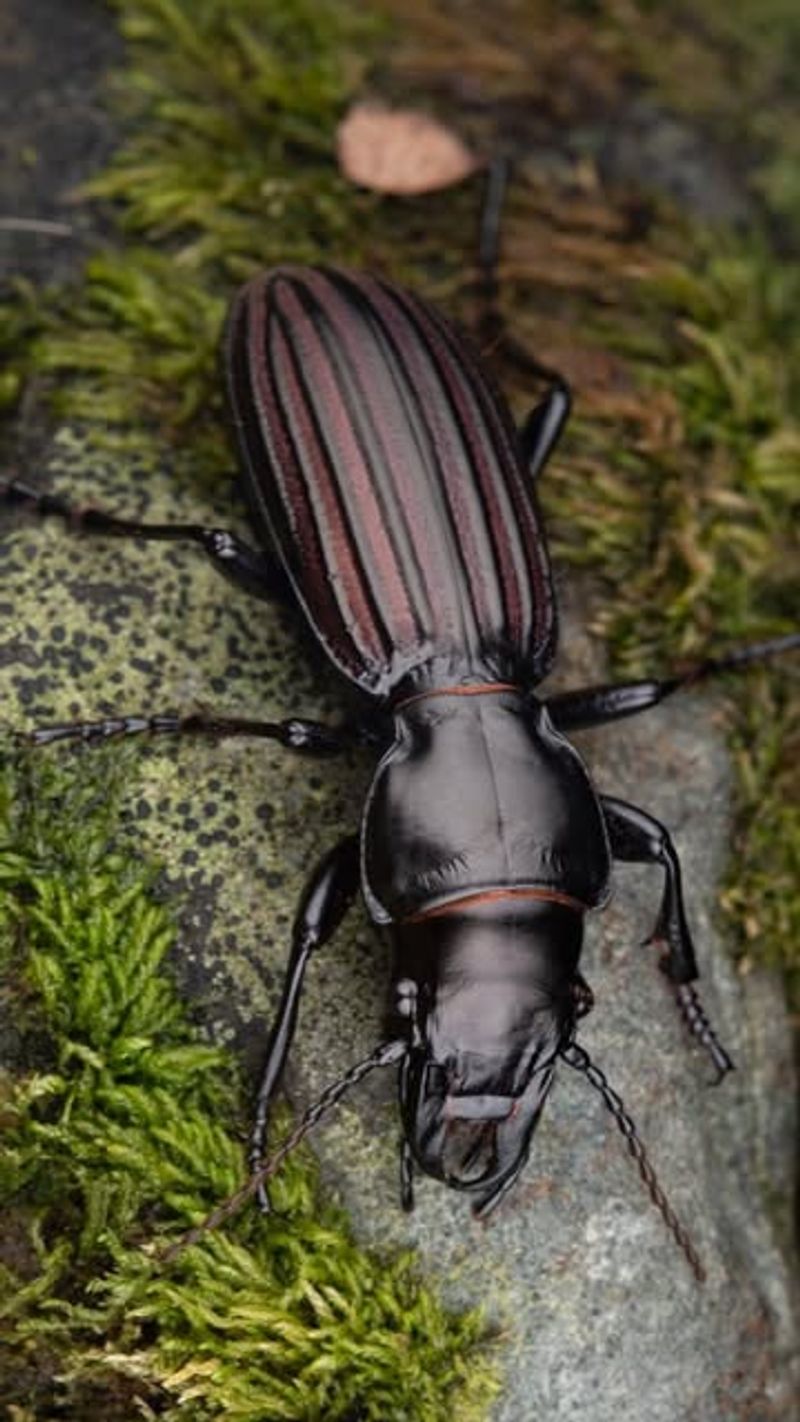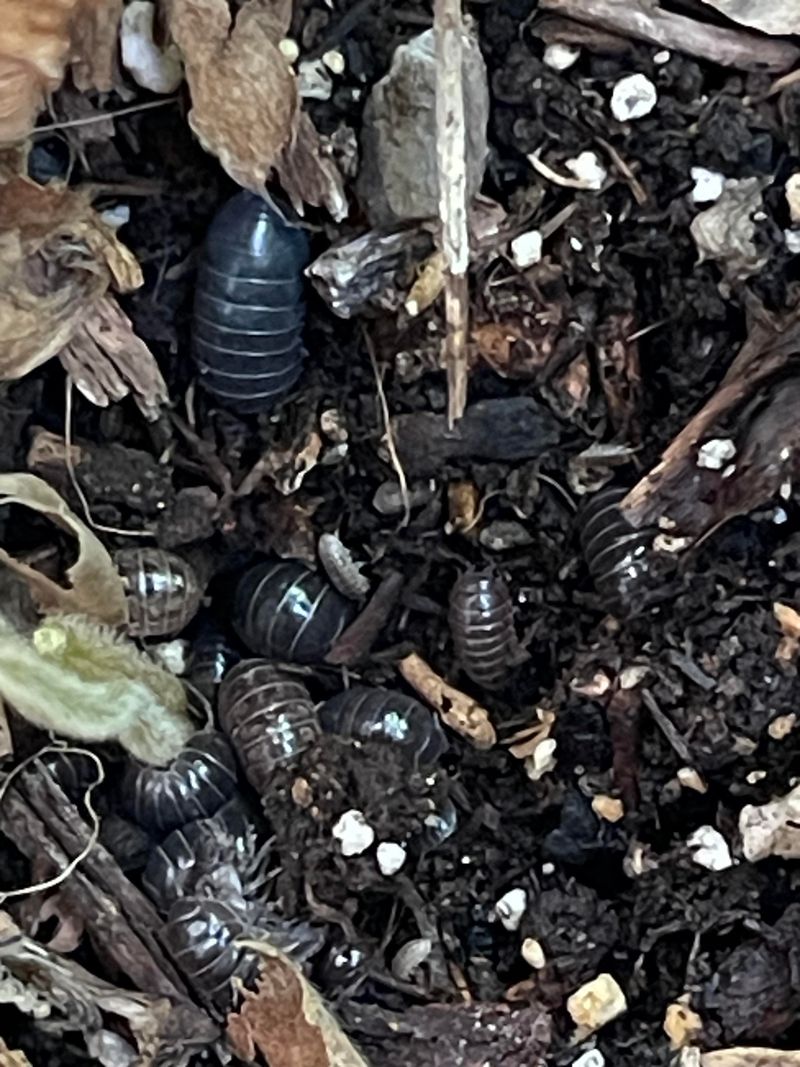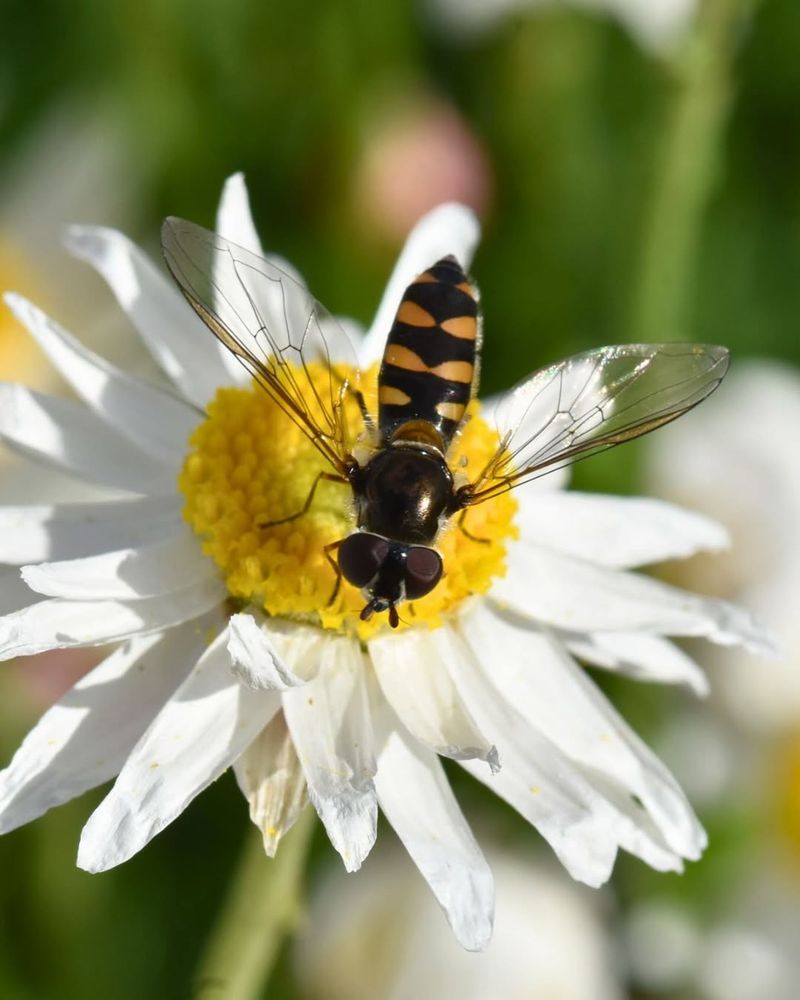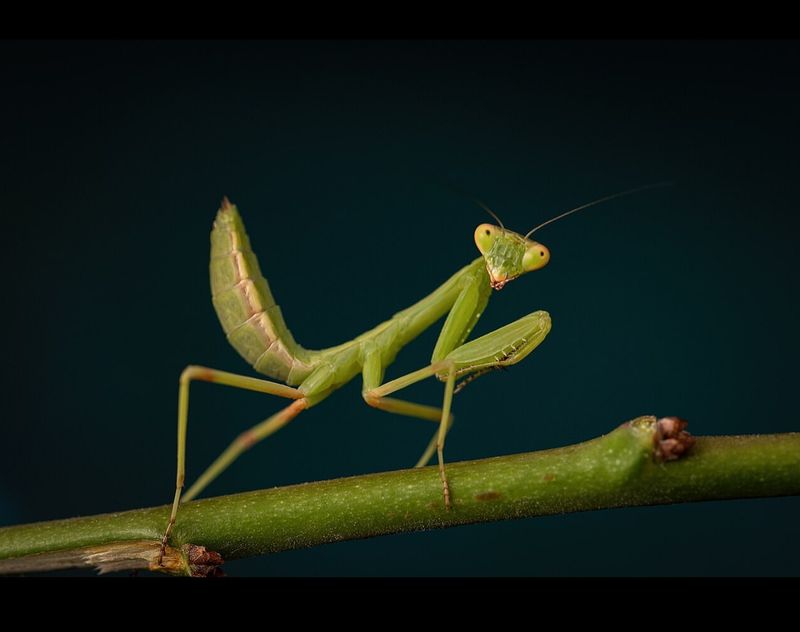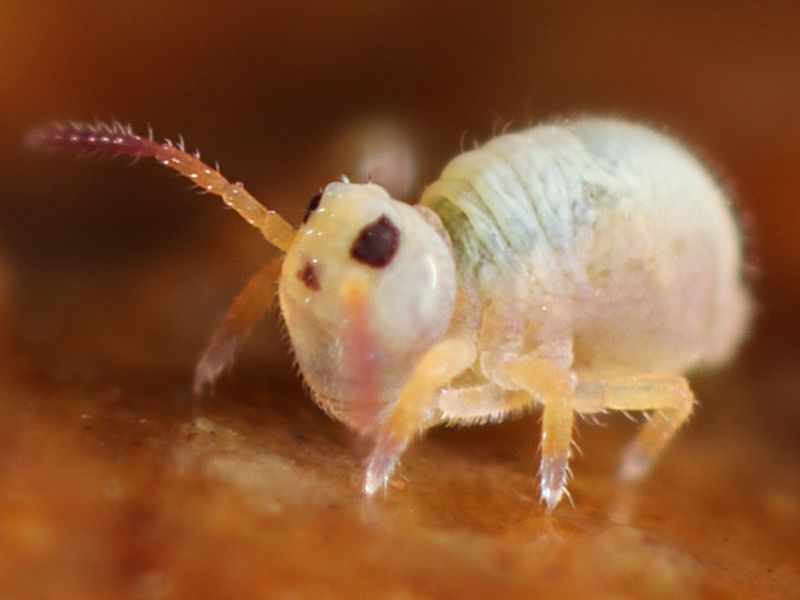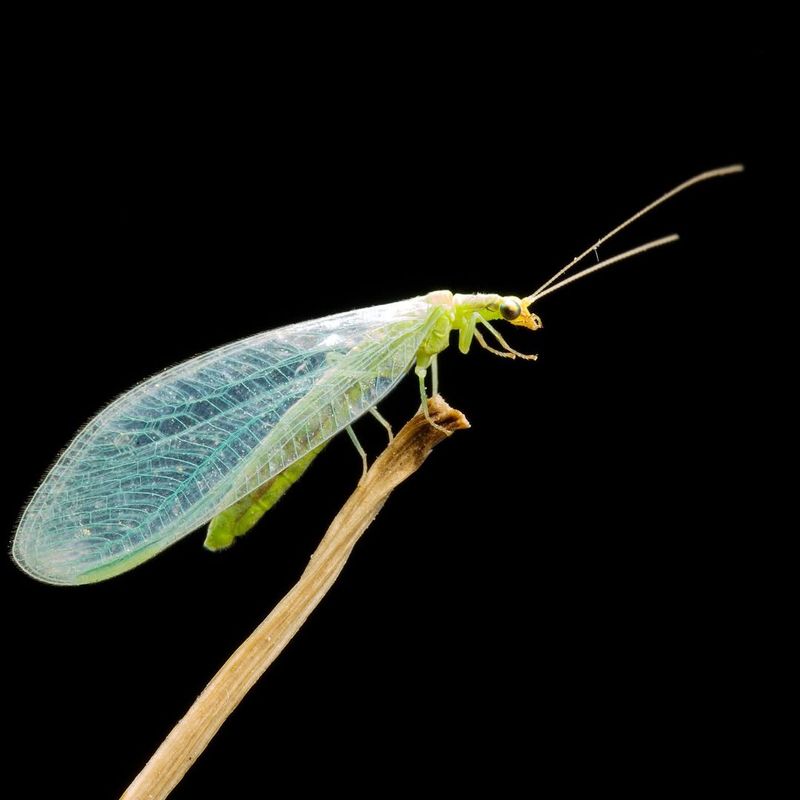My yard used to bug me—literally. Creepy crawlies left and right had me jumping at shadows. But as it turns out, not all bugs are bad news.
Some are the canary in the coal mine, while others are the golden ticket to a thriving garden. Let’s dig in and separate the pests from the best.
1. Pesky Mosquitoes
Mosquitoes breed in standing water and quickly become summer’s most unwelcome guests. These blood-sucking nuisances can ruin outdoor activities and potentially spread diseases like West Nile virus. Check for water collecting in flowerpot saucers, clogged gutters, or forgotten toys.
Even a bottle cap of water can become a mosquito nursery! Natural repellents like citronella plants or cedar oil can help keep populations down without harsh chemicals.
2. Destructive Japanese Beetles
Metallic green and copper Japanese beetles arrive in early summer, chewing through leaves and flowers with alarming speed. Their distinctive skeletonizing feeding pattern leaves plants looking like lace. Manual removal in the morning when they’re sluggish works for small numbers.
For larger infestations, consider milky spore treatment for your soil to control their grub stage. These invasive pests have few natural predators in North America, making them particularly troublesome for gardeners.
3. Annoying Aphids
Tiny green, black, or white aphids cluster on the undersides of leaves, sucking plant juices and causing distorted growth. Their honeydew secretions often lead to sooty mold, a black fungal growth that further weakens plants.
A strong blast of water can knock aphids off plants. For persistent problems, try insecticidal soap or introduce ladybugs as natural predators. Aphids reproduce incredibly quickly – a single aphid can become thousands in just a few weeks!
4. Troublesome Ticks
Ticks hide in tall grass and leaf litter, waiting to latch onto passing animals or humans. These blood-feeding arachnids can transmit serious diseases like Lyme disease and Rocky Mountain spotted fever. Keep grass short and create a mulch or gravel barrier between wooded areas and your yard.
Check yourself and pets after outdoor activities, especially behind ears and in warm, hidden spots. Removing leaf litter and keeping woodpiles away from play areas reduces tick habitat.
5. Damaging Grubs
White, C-shaped grubs lurk beneath your lawn, munching on grassroots until brown patches appear. These larvae of beetles (often Japanese beetles) can destroy large sections of turf surprisingly quickly. Healthy lawns can tolerate some grubs, but more than 10 per square foot spells trouble.
Birds digging in your lawn often signal a grub problem. Beneficial nematodes offer an eco-friendly treatment option, attacking the grubs while leaving earthworms and other beneficial soil creatures unharmed.
6. Persistent Fire Ants
Fire ants build distinctive mounded nests and deliver painful, burning stings when disturbed. A single colony can contain up to 250,000 workers, all fiercely protecting their queen and territory. Boiling water poured directly on mounds offers temporary control for isolated nests.
Bait treatments work better for widespread problems, as the workers carry the poison back to the queen. Remarkably adaptive creatures, fire ants can form living rafts during floods, linking their bodies together to survive.
7. Voracious Earwigs
Earwigs with their intimidating rear pincers often get blamed for more damage than they cause. While they do nibble on soft plant tissues and flowers, they also eat decaying matter and even other pests like aphids.
Create simple traps by filling shallow containers with vegetable oil and soy sauce. Removing excess moisture and debris around foundations helps eliminate their hiding spots. Despite old myths, earwigs don’t actually crawl into people’s ears – their pincers are used primarily for defense and catching prey.
8. Web-Spinning Spider Mites
Barely visible to the naked eye, spider mites create fine webbing on plants while sucking their juices. Infested leaves develop yellow stippling before eventually turning brown and falling off. Regularly spraying plants with water disrupts their lifecycle and prevents population explosions.
Predatory mites offer biological control for serious infestations. Spider mites thrive in hot, dry conditions, which is why houseplants brought outdoors for summer often become targets.
9. Leaf-Destroying Caterpillars
Caterpillars in various sizes and colors can quickly defoliate plants, leaving behind skeletonized leaves and frass (caterpillar droppings). Some species, like tent caterpillars, create unsightly silken nests in trees. Hand-picking works for light infestations on accessible plants.
For larger problems, Bacillus thuringiensis (Bt), a natural bacteria, specifically targets caterpillars while sparing beneficial insects. Remember that these hungry munchers eventually transform into butterflies and moths – some worth protecting!
10. Swarming Hornets and Wasps
Paper wasps, yellowjackets, and hornets build nests in trees, under eaves, or in ground burrows. Their painful stings make them feared yard residents, especially during late summer barbecues when they’re most aggressive. Treat nests at night when insects are less active, wearing protective clothing.
Commercial traps can reduce numbers, but removing food sources helps more. Unlike honeybees, wasps can sting multiple times, making large nests particularly dangerous around play areas.
11. Busy Honeybees
Honeybees buzzing from flower to flower aren’t just making honey – they’re ensuring your garden produces fruits and vegetables. These golden-brown pollinators are responsible for one in every three bites of food we eat.
Plant diverse flowering species that bloom throughout the growing season to support bee populations. Avoid using pesticides during flowering periods when bees are most active. A single honeybee might visit up to 5,000 flowers in a single day, making them garden superheroes worth protecting!
12. Hard-Working Bumblebees
Fuzzy bumblebees are champion pollinators, especially for tomatoes and peppers that need “buzz pollination” – a special vibrating technique these bees have mastered. Their larger size and furrier bodies allow them to work in cooler temperatures than honeybees.
Leave some undisturbed areas with tall grass for ground-nesting bumblebees. Unlike honeybees, bumblebee colonies die off each winter, with only young queens surviving to start new colonies in spring. Their gentle nature makes them welcome garden visitors despite their intimidating size.
13. Beneficial Ladybugs
Ladybugs with their spotted red shells are garden superheroes, devouring aphids, mites, and other soft-bodied pests. A single ladybug can eat up to 5,000 aphids in its lifetime! Attract these helpful insects by planting dill, fennel, and yarrow.
Avoid broad-spectrum insecticides that kill beneficial insects along with pests. Many gardeners don’t realize that ladybug larvae look completely different from adults – they’re alligator-shaped creatures that actually eat more pests than their parents.
14. Soil-Building Earthworms
Earthworms tunneling through soil create natural aeration and drainage while their castings enrich the ground with nutrients. Charles Darwin called them “nature’s plows” for their ability to process organic matter.
Finding earthworms when you dig indicates healthy soil biology. Add organic matter like compost to support earthworm populations. These remarkable creatures have five hearts and can process their own weight in soil daily, making them invaluable allies for gardeners looking to improve poor soil naturally.
15. Predatory Ground Beetles
Shiny black ground beetles hunt at night, patrolling soil surfaces for slugs, cutworms, and other garden pests. Their long legs and powerful jaws make them efficient predators of many common garden troublemakers.
Create beetle habitat by adding flat stones or boards as daytime hiding spots. These beneficial insects sometimes get mistaken for pests, but their presence indicates a balanced garden ecosystem. Some species can live up to four years, providing long-term pest control services in healthy gardens.
16. Garbage-Cleaning Sowbugs
Sowbugs (also called roly-polies or pill bugs) work as nature’s recycling crew, breaking down dead plant material into nutrients. These small crustaceans breathe through gills, which is why they prefer damp environments. While occasionally nibbling tender seedlings, they primarily feed on decaying matter.
Their presence indicates a garden rich in organic material. The ability to roll into a protective ball when threatened has made these harmless decomposers favorites among curious children exploring garden spaces.
17. Pollinating Hoverflies
Hoverflies mimic bees or wasps with their yellow and black stripes but lack stingers. These harmless flies perform double-duty in gardens – adults pollinate flowers while their larvae devour aphids and other soft-bodied pests.
Attract these beneficial insects by planting shallow-nectar flowers like alyssum, cosmos, and daisies. A single hoverfly larva can eat hundreds of aphids before reaching adulthood. Their remarkable flying ability – including hovering perfectly still and even flying backward – makes them fascinating garden visitors.
18. Praying Mantises
Praying mantises with their distinctive prayer-like front legs are ambush predators that catch and eat almost any insect they can overpower. Their rotating heads provide nearly 360-degree vision for spotting prey.
These beneficial hunters need undisturbed habitat like tall grasses and shrubs. Each mantis egg case can contain hundreds of babies, though few survive to adulthood. Gardeners sometimes purchase mantis egg cases for release, though native species already present are often better adapted to local conditions.
19. Nutrient-Cycling Springtails
Tiny springtails jump using a special tail-like appendage, often appearing as “moving soil” when disturbed. These decomposers break down organic matter and help cycle nutrients in healthy garden soil. Finding springtails indicates good soil biology and proper moisture levels.
These primitive insects don’t damage plants but instead feed on fungi, bacteria, and decaying plant material. Some species can survive being completely frozen, making them among the few insects active during winter thaws.
20. Lacewings
Delicate green lacewings with their transparent, veined wings look fragile but are voracious predators. While adults mainly feed on nectar, their larvae (called “aphid lions”) devour aphids, mealybugs, and other soft-bodied pests.
Attract these beneficial insects by planting dill, coriander, and Queen Anne’s lace. Lacewing eggs are easy to identify – they’re laid on tiny stalks that keep them safe from predators. A single lacewing larva can consume up to 200 aphids per week, making them valuable allies in organic pest management.

